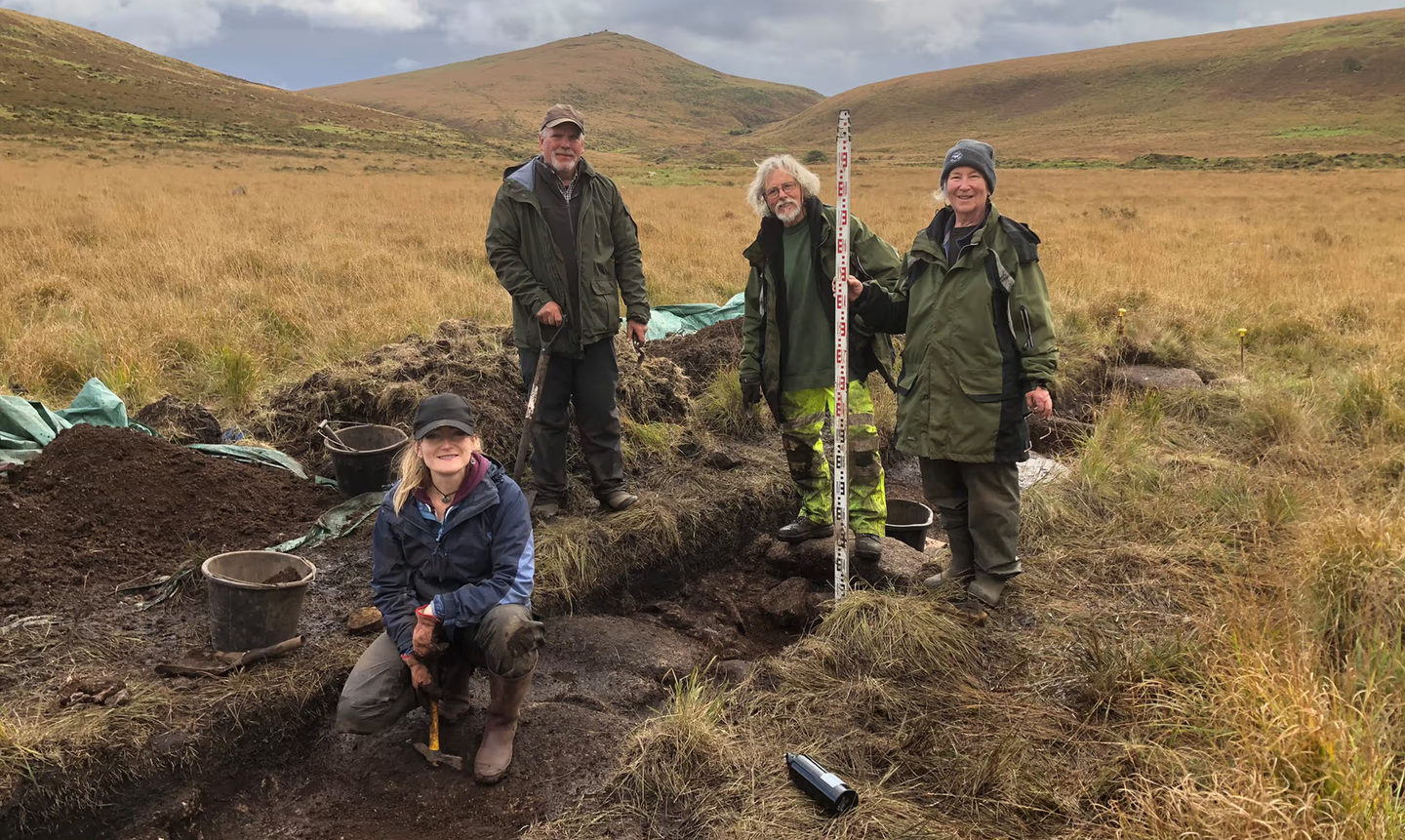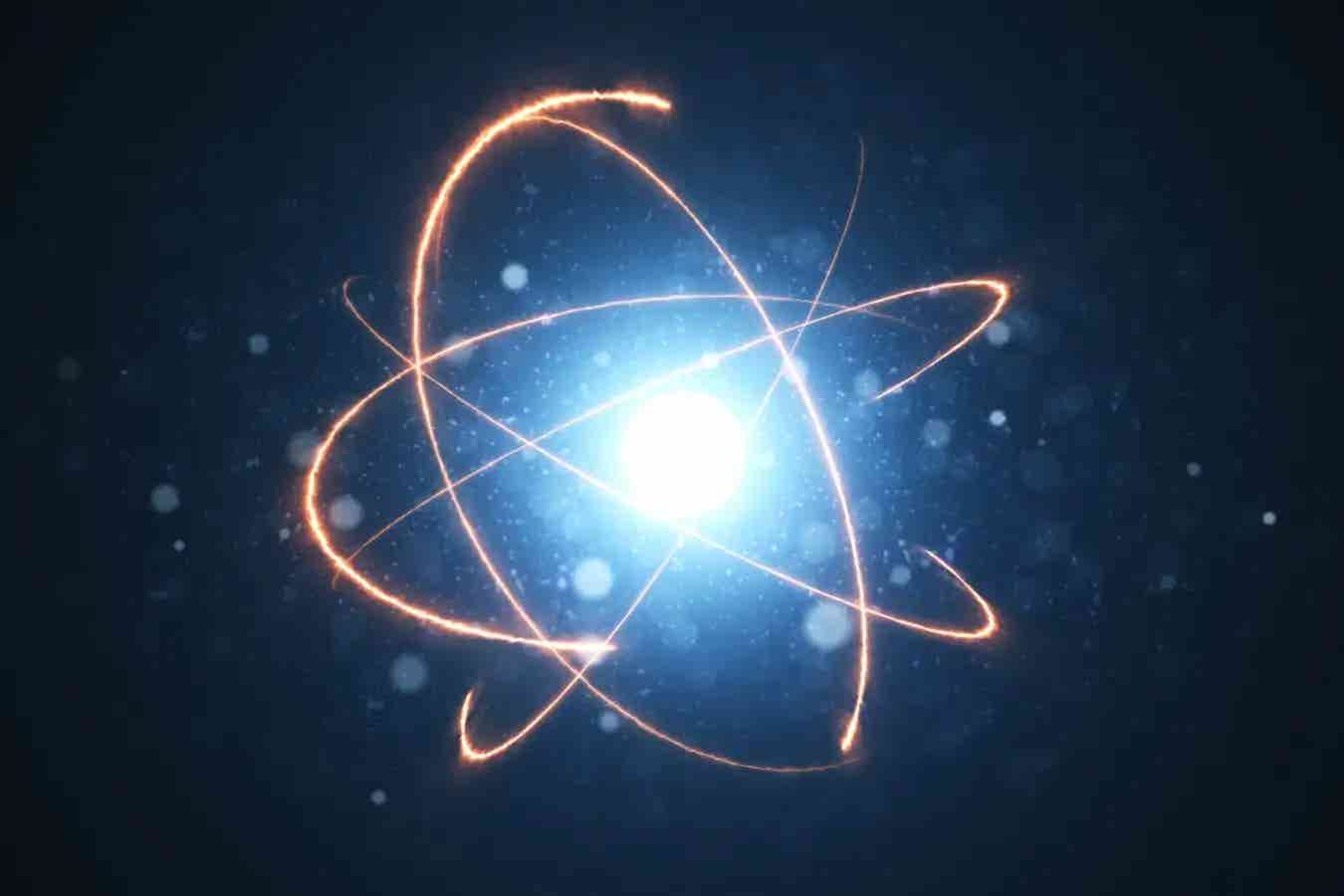What do bats, priests and rabbis have in common?
Researchers performed the first network analysis of textual parallels of Christian writings and Jewish sources.

[July 31, 2023: Ehud Zion Waldoks, Ben-Gurion University of the Negev]
Researchers performed the first network analysis of textual parallels of Christian writings and Jewish sources. (CREDIT: Creative Commons)
It could almost be the start of a joke: What do bats, priests and rabbis have in common? The answer: Their social networks can be traced using a new computer science tool called network analysis.
Prof. Michal Bar-Asher Siegal, a Talmud scholar from Ben-Gurion University of the Negev, and Prof. Yossi Yovel, a zoologist from Tel Aviv University, are not an obvious pairing. However, Prof. Yovel is an expert in network analysis, which he uses to research bats. Together with Prof. Bar-Asher Siegal they had the radical idea to apply his methodologies to examine Judeo-Christian relations in the literature from the early first centuries CE.
Their proof of concept was published in Nature’s Humanities and Social Sciences Communications.
Using passages from the Babylonian Talmud and Christian texts from the first to sixth centuries, which Prof. Bar-Asher Siegal had previously analyzed, they performed the first network analysis of textual parallels of Christian writings and Jewish sources.
Related Stories
In order to map the newly found brain circuit, Dr. Ferguson and colleagues examined previously collected data about self-reported spirituality from 88 patients before and after undergoing surgery for a brain tumor. The researchers then used a technique called lesion network mapping to analyze how the site of each patient’s lesion, or tumor, interacts with the rest of the brain using a connectome dataset.
That analysis revealed the PAG as a critical hub to changes in spiritual identification. Dr. Ferguson and the team then confirmed the importance of the PAG by analyzing previously collected data from 105 veterans of the Vietnam War who experienced head trauma.
While network analysis is not new in the field of digital humanities, it is new to the study of rabbinic and Christian literary interactions. This is the first time an automated analysis of textual parallels was accomplished, according to the researchers.
The Hullin network in a polar representation. Nodes are color-coded according to their religious origin. The thickness of the edges represents their certainty. Specifically, solid lines represent the highest certainty, thick dashed lines represent less certainty and thin dashed lines represent the least certain connections. The angle on the circle depicts a time on a non-linear scale. (CREDIT: Nature)
One of the fascinating benefits of this novel approach is the visualization of the relationships between Jewish and Christian writings to represent sets of temporal-spatial-contextual relationships, which evolved over hundreds of years, in single snapshots.
“The visualizations allow us both to get a clearer picture of the interactions and look at them in new ways, which prompted new insights,” explains Prof. Bar-Asher Siegal.
The evolution of relations between Judaism and Christianity has often been characterized as a “parting of the ways” where, after a specific point, the two religions began to develop independently. While recent scholarly research has challenged that idea, these new visualizations really bring to light how the two religions developed in parallel and in dialogue, not separately.
C The Monastic network is represented according to the same schematic as the Hullin network (see B) only that geography is represented in shades of green. D Edge-weight distributions of the Hullin (blue) and the Monastic (black) networks. Because of their small size, we could not estimate the actual distribution and we draw an estimate. (CREDIT: Nature)
"The application of network analysis makes it possible to identify the most influential texts—that is, the key “nodes”—testifying to the importance of certain traditions for both religious communities. What did the Jews know? The New Testament or later sources? And which parts of the New Testament? This leads to interesting scholarly questions: why these texts and not others? How did they know and how did they react to this knowledge?" explains Prof. Bar-Asher Siegal.
"The networks we created reveal that rabbinic sources mock and argue against early Christian sources, but less so when it comes to later ones. Moreover, network analysis suggests a correlation between text, time, and geography. Namely, Jewish sources are familiar with early, eastern Christian sources, BUT they show wider geographical familiarity with both eastern and western Christian sources in later periods," according to Prof. Bar-Asher Siegal.
For more science stories check out our New Discoveries section at The Brighter Side of News.
Note: Materials provided above by Ben-Gurion University of the Negev. Content may be edited for style and length.
Like these kind of feel good stories? Get the Brighter Side of News' newsletter.
Joseph Shavit
Head Science News Writer | Communicating Innovation & Discovery
Based in Los Angeles, Joseph Shavit is an accomplished science journalist, head science news writer and co-founder at The Brighter Side of News, where he translates cutting-edge discoveries into compelling stories for a broad audience. With a strong background spanning science, business, product management, media leadership, and entrepreneurship, Joseph brings a unique perspective to science communication. His expertise allows him to uncover the intersection of technological advancements and market potential, shedding light on how groundbreaking research evolves into transformative products and industries.



